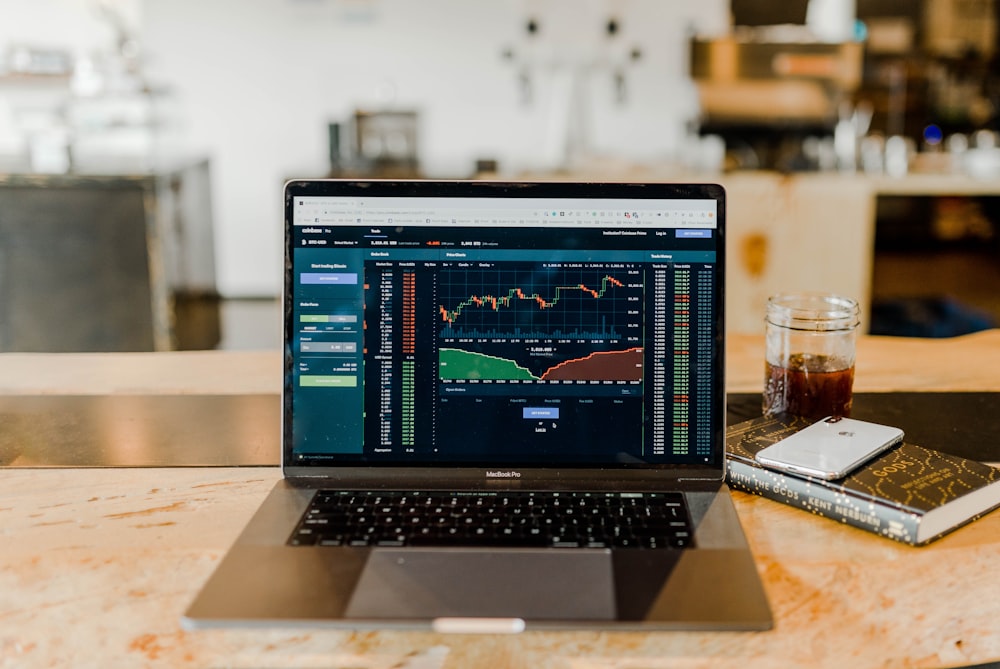Indicators and intrinsic value - no magic formula?
Here's my understanding on fundamental analysis and what indicators should be considered.
 |
| Photo by Austin Distel on Unsplash |
Quantitative indicators:
- Price to earning ratio (low or high relative to competitors)
- Year-on-Year profit (note revenue does not mean profit)
- Net asset value (how much is the company's asset worth)
- Debt to asset ratio
- Dividend yield (increasing, decreasing? is the payout consistent?)
- Free cashflow & cashflow from operation
- Sources of revenues (does it earn from recurring income and not from one off from asset disposal?)
- Business plans and development (what acquisitions made?)
- Does it have a business moat? (eg. high barrier of entry, consumer cost-of-switching)
- What are its business risks? (eg. currency, technological revolution, environmental...)
- Any changes to its management lately (eg. CFO resigned)
-----------------
Now now...
Another term we often see when people speak of analysis is 'Intrinsic value' or value investing, so what is it?
Definition by Investopedia - 'The actual value of a company or an asset based on an underlying perception of its true value including all aspects of the business, in terms of both tangible and intangible factors. This value may or may not be the same as the current market value.'
It is a concept that I still find hard to fully grasp because we can't really put a figure to what's intangible. Even Investopedia failed to give me an answer, this is what it says - "...there is no "correct" intrinsic value. Two investors can be given the exact same information and place a different value on a company (Read more: Value Investing Definition |Investopedia http://www.investopedia.com/terms/v/valueinvesting.asp#ixzz3oEMe1eyl )."
Now now...
Another term we often see when people speak of analysis is 'Intrinsic value' or value investing, so what is it?
Definition by Investopedia - 'The actual value of a company or an asset based on an underlying perception of its true value including all aspects of the business, in terms of both tangible and intangible factors. This value may or may not be the same as the current market value.'
It is a concept that I still find hard to fully grasp because we can't really put a figure to what's intangible. Even Investopedia failed to give me an answer, this is what it says - "...there is no "correct" intrinsic value. Two investors can be given the exact same information and place a different value on a company (Read more: Value Investing Definition |Investopedia http://www.investopedia.com/terms/v/valueinvesting.asp#ixzz3oEMe1eyl )."
The most difficult part is the putting of a figure to the value since we need that figure in order to compare with the share price (or market capitalization $). The next billion dollar question is - what is the magic formula? Funny thing is, many people would just use 'gut feel' to pinpoint that figure.
Then to determine whether to buy or not... "Once Buffett determines the intrinsic value of the company as a whole, he compares it to its current market capitalization - the current total worth (price). If his intrinsic value measurement is at least 25% higher than the company's market capitalization, Buffett sees the company as one that has value.
(Read more: Warren Buffett: How He Does It (BRK.A))"
Glancing through some formulas when I did a Google search, the keywords in the formulas are "expected" and "projected". I got a headache from looking at mathematical symbols from some famous formulas even before doing any calculations. One website that gave me a simpler overview is this
http://www.smartstockresearch.com/InvestingBasics/Articles/Calculate-Intrinsic-Stock-Value.html.
Another simpler way is to compare a few qualitative indicators against the benchmark, eg. average PE ratio is 15 so if the PE is less than 15 a stock is possibly undervalued, Price/Book value versus its peers etc. But bear in mind that nothing can be absolute.
Then determine when to sell?
That one has caused hot debate here (make sure you scroll all the way down the page) - http://singaporemanofleisure.blogspot.sg/2015/02/heres-question-to-value-investors.html
Another SMOL post on Value Trap for your reading pleasure.
***
Have you found your magic formula? Or follow the 'don't analyse, just invest' cult?
Read also: Buying into the right business



Comments
Post a Comment